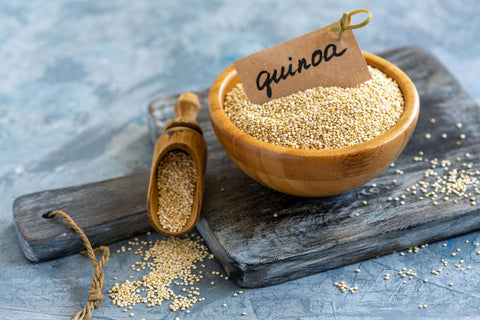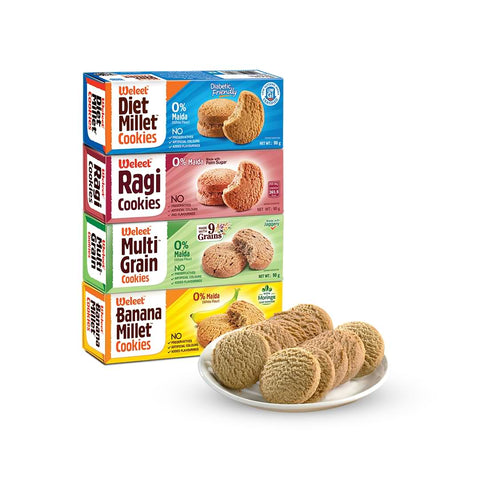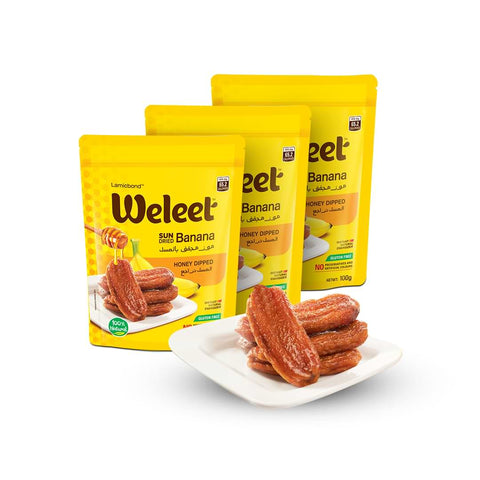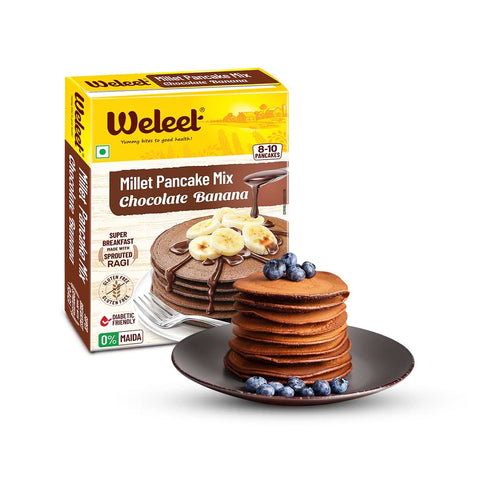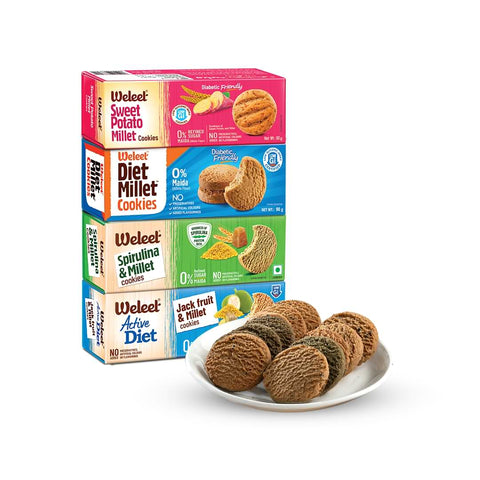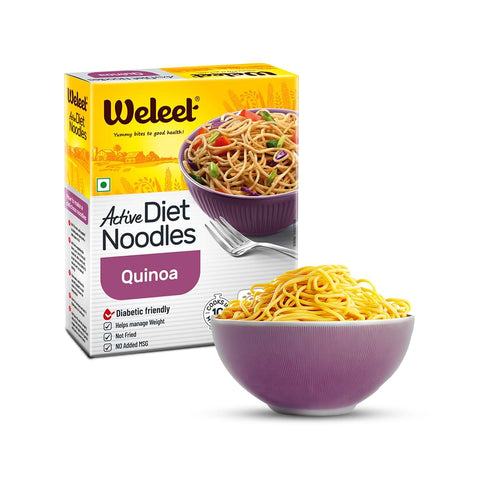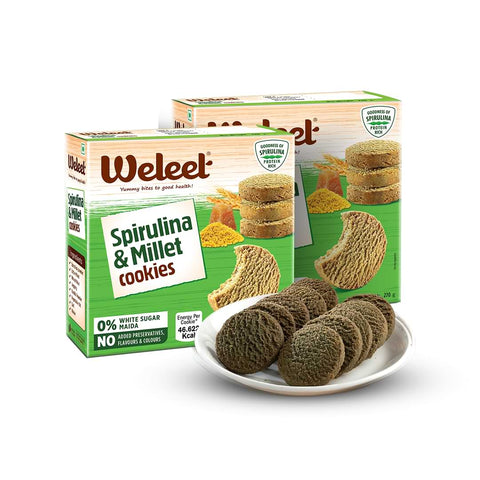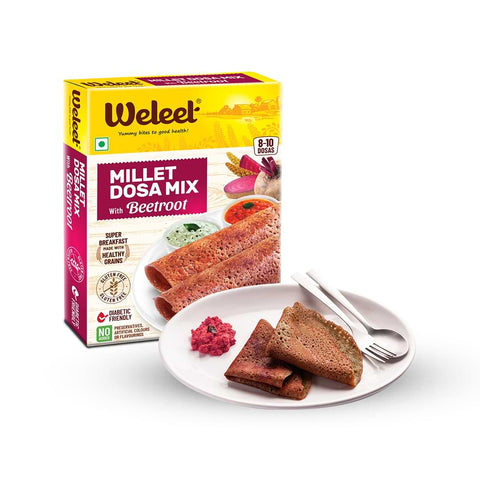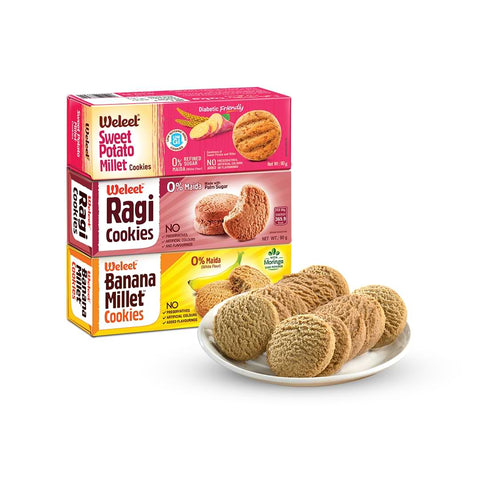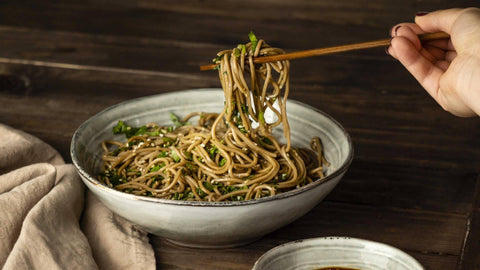Quinoa and millet are two popular grains that have gained considerable attention in recent years for their health benefits and versatility in the kitchen. Both are often considered healthy millet based food products , and their use has been on the rise in modern diets. However, there seems to be some confusion regarding whether quinoa is a type of millet or not.
So, let’s explore the difference between quinoa and millet based foods products, their nutritional profiles, their cultural significance, and how they fit into modern diets.
Nutritional Comparison of Quinoa and Millets based food products
Quinoa is often referred to as a “superfood” due to its exceptional nutritional content. It’s not a millet but rather a seed, though it’s commonly included in discussions about millet-like grains due to its similar use in the kitchen.
Quinoa is packed with protein, containing all nine essential amino acids, making it a complete protein source. Because of this, it’s a great option for vegetarians and vegans. It’s also rich in fibre, vitamins, and minerals, such as magnesium, phosphorus, and iron. Additionally, quinoa is gluten-free, making it a suitable option for those with gluten sensitivities or celiac disease.
On the other hand, millets, which include a variety of small-seeded grasses, offer a unique set of health benefits. These grains are also gluten-free, making them a valuable option for individuals with gluten-related disorders. Millets are used as low-glycemic index foods for diabetics, which means they help regulate blood sugar levels and are particularly suitable for diabetics. They are high in fiber for weight loss, which aids in digestion and weight loss, and they are abundant in essential minerals like magnesium, phosphorus, and iron. Millet foods, as a group, are diverse in terms of nutrient content, so specific values may vary among different types of millets like pearl millet, finger millet, and sorghum.
Uses of Quinoa and Millets based food products
The culinary uses of quinoa and millet are quite diverse. Quinoa, with its nutty flavour and slightly crunchy texture, is a versatile ingredient. It can be used in various dishes, such as salads, soups, and as a side dish. Its versatility makes it an excellent choice for an easy healthy millet breakfast in India for kids and adults alike. It can be incorporated into noodles and pancakes.
Millets, on the other hand, are often ground into flour for making a range of dishes, from flatbreads to porridge. They have been a staple food in many parts of the world, particularly in Africa and Asia, for centuries.
Cultural Significance and History of Quinoa and Millets
Both quinoa and millet have a rich cultural history. Quinoa was first cultivated in the Andes region of South America more than 7,000 years ago. It was a sacred crop for the Inca civilization and played a crucial role in their diet. It was even referred to as the “mother of all grains.” Quinoa’s cultural significance remains strong today.
Millets have been cultivated for thousands of years in various parts of the world, including Africa, Asia, and the Middle East. They are often referred to as the “nutri-cereals” due to their high nutritional value. In India, for example, millets have been a part of traditional diets for centuries and continue to be a staple in many regions.
Quinoa and Millets in Modern Diets
The popularity of quinoa and millet has grown significantly in modern diets, thanks to their health benefits and versatility in the kitchen. They are often included in healthy foods for every day, serving as a source of nourishment and satisfaction for individuals seeking nutritious and flavorful meal options. As a low-glycemic index food for diabetics, helping them maintain stable blood sugar levels.
In recent years, quinoa has become more readily available in supermarkets and is used in a wide range of recipes. Many people appreciate its quick cooking time, making it a convenient choice for busy households. As a complete protein source, it’s an excellent option for those aiming to increase their protein intake from plant-based sources.
Health Benefits and Nutritional Value of Quinoa
Quinoa’s exceptional nutritional value makes it a valuable addition to one’s diet. The following are a few health advantages of quinoa:
-
High-quality protein: Quinoa is a complete protein source, containing all essential amino acids. Because of this, it’s a great option for vegans and vegetarians.
-
Rich in fibre: Quinoa is high in dietary fibre, which promotes a feeling of fullness and aids digestion. It considers as high fiber foods for weight loss
-
Packed with vitamins and minerals: Quinoa is a good source of essential nutrients like magnesium, phosphorus, and iron, which are essential for various bodily functions.
-
Gluten-free diet: Quinoa is naturally gluten-free diet food, making it suitable for those with gluten sensitivities or celiac disease.
-
Low-glycemic index foods for diabetics: Quinoa has a low glycemic index, which means it helps regulate blood sugar levels. Millet also are low-glycemic index foods for diabetics
Health Benefits and Nutritional Value of Millets
Millets also offer numerous health benefits and provide a substantial nutritional punch. Here’s what makes Weleet foods a healthy choice:
Low-glycemic index: Millets, as a group, are low-GI index foods, making them suitable for individuals with diabetes and those looking to manage their blood sugar levels.
-
Rich in fibre: Millets are high in dietary fibre, which aids in digestion and helps maintain a healthy gut. Millet consider as high fiber foods for weight loss.
-
Abundant in minerals: Bajra are a great source of minerals such as magnesium, phosphorus, and iron, which are essential for overall well-being.
-
Gluten-free diet: Both grain are naturally gluten-free diet food, making them an excellent option for individuals with gluten-related sensitivities.
-
Diverse options: Bajra foods come in various types, each with its unique flavour and nutritional profile, allowing for a wide range of culinary possibilities.
Quinoa and millet are not the same, but they share similarities in being highly nutritious, gluten-free, and low-glycemic index foods. Quinoa, with its complete protein content, is often celebrated as a superfood, while millets have their own cultural significance and provide health benefits, particularly for those seeking stable blood sugar levels and improved digestion. Buy quinoa and millet based food products from India’s trusted food manufacture company, Weleet Foods.


